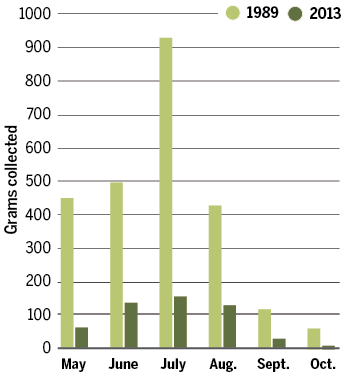Stevan Harnad’s “Subversive Proposal” came of age last year. I’m now teaching students younger than Stevan’s proposal, and yet, very little has actually changed in these 21 years.
Source: bjoern.brembs.blog » Sci-Hub as necessary, effective civil disobedience, by Björn Brembs
we are currently spending about US$ 10b annually on legacy publishers, when we could publish fully open access for about US$200m per year if we only were to switch publishing to, e.g. SciELO, or any other such system. In fact, I’d argue that the tax payer has the right to demand that we use their tax funds only for the least expensive publishing option.
While many of the consequences of wasting these infrastructure funds on publishers have become apparent only more recently, the indefensibility of ever-increasing subscription pricing in a time of record-low publishing costs, was already apparent 20 years ago. Hence, already in 1994, it became obvious that one way of freeing ourselves from the subscription-shackles was to make the entire scholarly literature available online, free to read. Collectively, these two decade-long concerted efforts of the global OA community, to wrestle the knowledge of the world from the hands of the publishers, one article at a time, has resulted in about 27 million (24%) of about 114 million English-language articles becoming publicly accessible by 2014. Since then, one single woman has managed to make a whopping 48 million paywalled articles publicly accessible. In terms of making the knowledge of the world available to the people who are the rightful owners, this woman, Alexandra Elbakyan, has single-handedly been more successful than all OA advocates and activists over the last 20 years combined.
RE: Sci-Hub
For reference consideration, Wikipedia has about 5.4 million content pages in English (2017-06) and has an annual budget on the order of $60 million.

